Technological Innovations
Technological advancements play a pivotal role in shaping the Acrylic Emulsions Market. Innovations in formulation technologies have led to the development of high-performance acrylic emulsions that offer superior adhesion, durability, and weather resistance. The integration of digital technologies in manufacturing processes has improved efficiency and reduced production costs. Furthermore, the emergence of smart coatings, which incorporate nanotechnology, is expected to revolutionize the market. These innovations are likely to attract investments, as companies seek to enhance their product offerings and gain a competitive edge. The market is anticipated to expand as these technologies become more mainstream, potentially increasing the overall market size significantly.
Sustainability Initiatives
The Acrylic Emulsions Market is increasingly influenced by sustainability initiatives. As environmental concerns gain prominence, manufacturers are compelled to develop eco-friendly products. This shift is evident in the rising demand for low-VOC and water-based acrylic emulsions, which are perceived as safer alternatives. The market is projected to witness a compound annual growth rate (CAGR) of approximately 5% over the next few years, driven by these sustainability trends. Companies are investing in research and development to create formulations that minimize environmental impact while maintaining performance. This focus on sustainability not only meets regulatory requirements but also aligns with consumer preferences for greener products, thereby enhancing market growth.
Increased Consumer Awareness
Increased consumer awareness regarding product quality and safety is driving the Acrylic Emulsions Market. As consumers become more informed about the benefits of using low-VOC and non-toxic products, the demand for acrylic emulsions is likely to rise. This trend is particularly pronounced in residential applications, where homeowners prioritize health and environmental considerations. The market is responding by offering a wider range of eco-friendly acrylic emulsions that meet these consumer expectations. Additionally, marketing strategies that emphasize the safety and performance of these products are expected to further enhance market penetration. This growing awareness is anticipated to contribute positively to the overall market dynamics.
Expanding Construction Sector
The Acrylic Emulsions Market is experiencing robust growth due to the expanding construction sector. With urbanization and infrastructure development on the rise, the demand for high-quality paints and coatings is surging. Acrylic emulsions are favored in construction applications for their excellent adhesion and flexibility, making them ideal for various surfaces. According to industry reports, the construction sector is expected to grow at a CAGR of around 6% in the coming years, further propelling the demand for acrylic emulsions. This growth is particularly evident in emerging markets, where rapid urban development is driving the need for innovative and durable building materials.
Rising Demand in Automotive Coatings
The Acrylic Emulsions Market is significantly benefiting from the rising demand for automotive coatings. As the automotive sector evolves, manufacturers are increasingly adopting acrylic emulsions for their superior performance characteristics, including resistance to UV light and chemicals. The shift towards lightweight and fuel-efficient vehicles has also led to a preference for water-based coatings, which are less harmful to the environment. The automotive coatings segment is projected to grow at a CAGR of approximately 4% over the next few years, indicating a strong market potential for acrylic emulsions. This trend reflects a broader movement towards sustainable practices within the automotive industry.


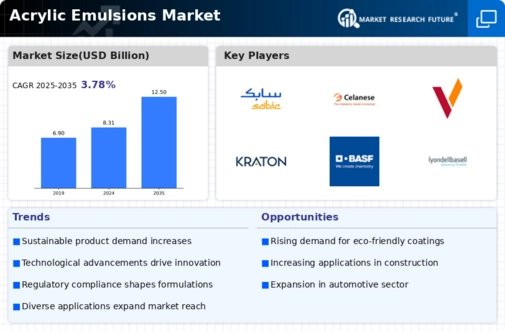
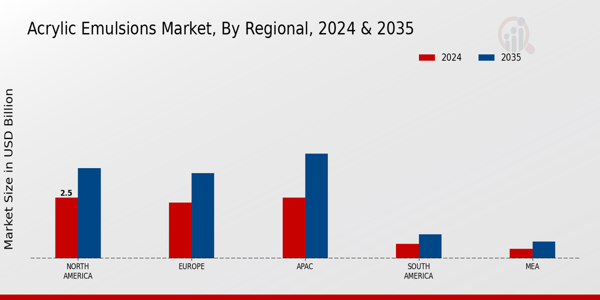
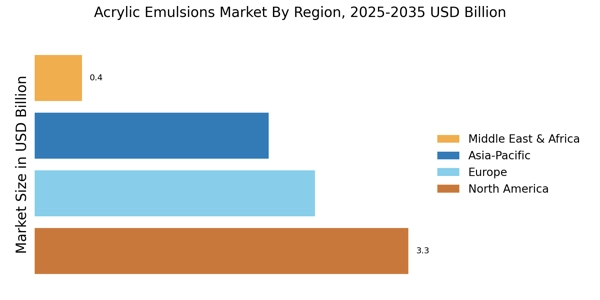
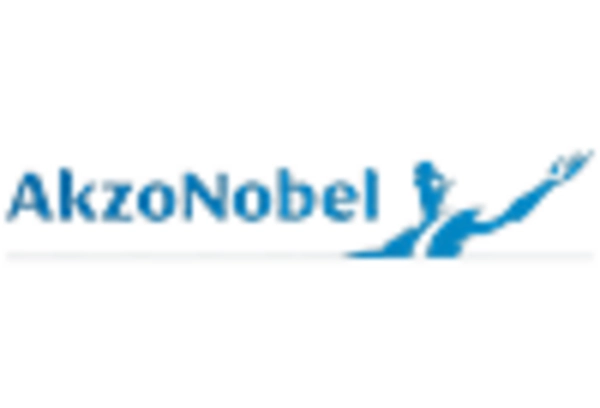

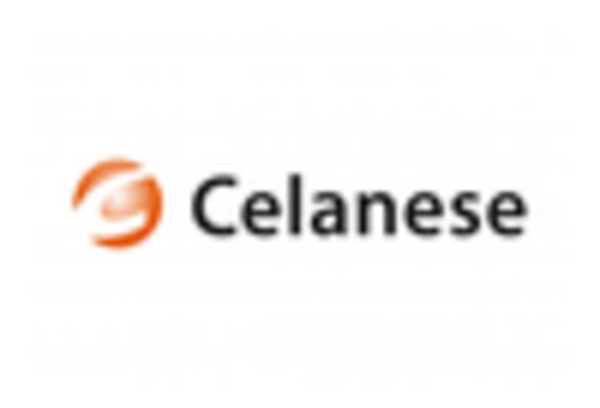


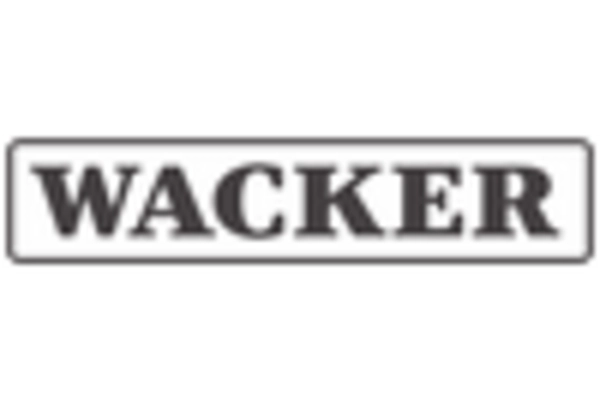








Leave a Comment